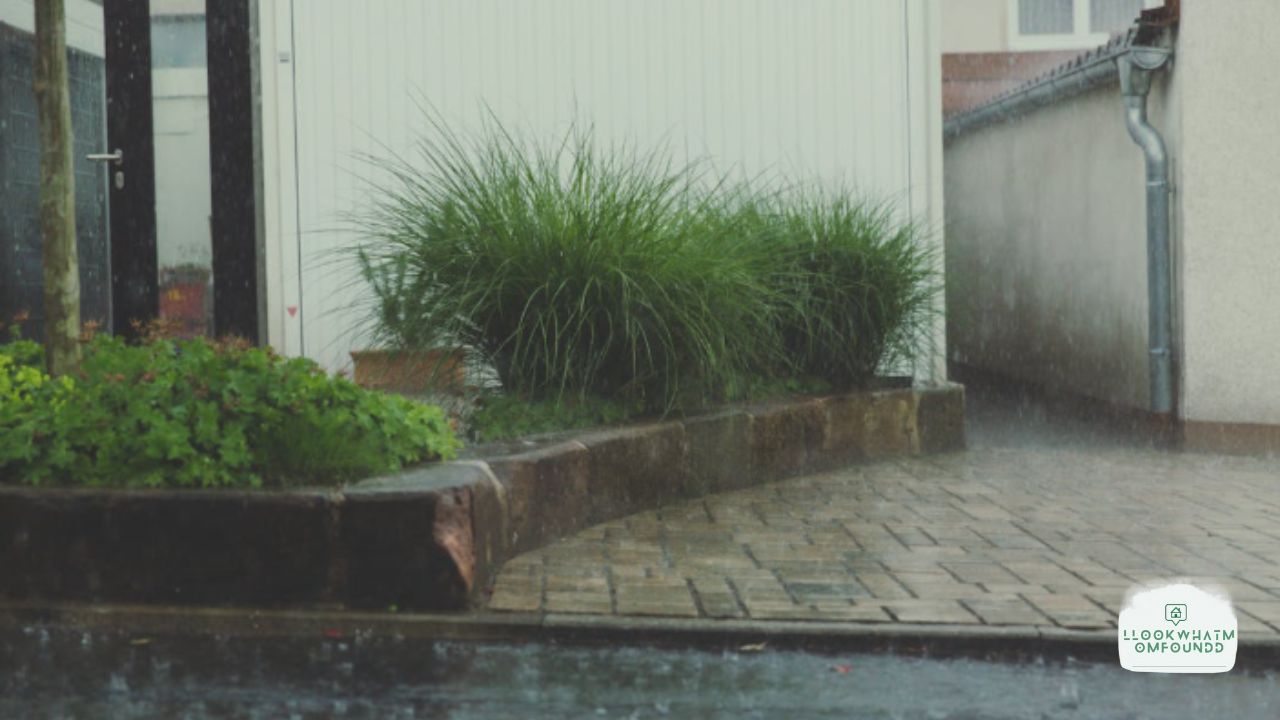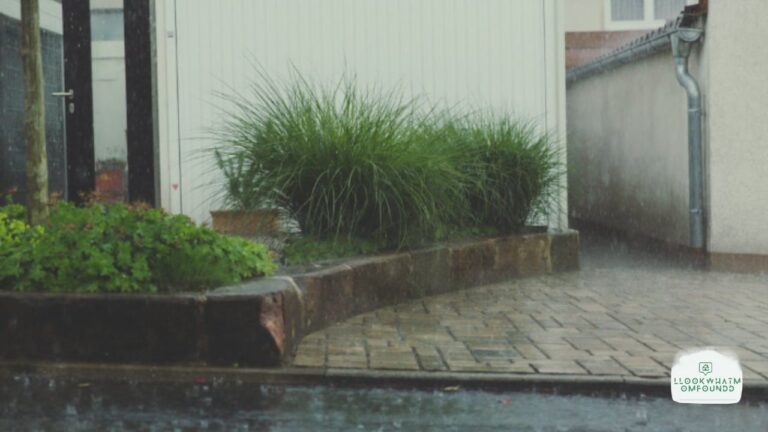Many gardeners spend months nurturing their plants, only to lose everything to one rough weather event. But it doesn’t have to be that way. With the right planning and a few smart choices, you can reduce the damage storms cause to your garden. This guide will walk you through simple but effective steps you can take before storm season hits. These aren’t just theoretical tips—they’re real solutions you can put to work without needing special tools or technical knowledge.
Whether you’re dealing with heavy winds or just unpredictable weather swings, it’s worth learning how to stormproof your outdoor space.
1. Plant Smarter with Wind-Resistant Options
Not all plants hold up well during storms. Some collapse under pressure or get torn out of the soil. Others are naturally better at withstanding tough weather. If you live in a windy area, choose plants that have a compact shape and strong stems. Plants like lavender, boxwood, and certain ornamental grasses are more likely to hold their ground when the wind picks up.
Choose your plants not just based on how they look but also on how well they perform during storms.
2. Don’t Ignore the Risks of Falling Trees and Structural Damage
Falling trees are one of the most serious threats during a storm. Even healthy trees can come down if the soil is waterlogged or the wind is especially strong. When that happens, the damage can spread beyond the garden—affecting fences, sheds, vehicles, or even parts of your home.
It’s a good idea to review your homeowners insurance. Some policies cover detached structures or tree damage, but not all.
To simplify the process, SoFi has partnered with Experian® to help homeowners find clear, affordable insurance options. With SoFi property insurance shopping is easier than ever—you can compare quotes from top providers in just a few minutes and find a policy that fits your home and lifestyle. That way, you’ll be ready if a storm causes more than just bent branches.
3. Fix Drainage Issues to Avoid Root Damage
Flooded soil can ruin your garden just as quickly as wind can. Roots need air as well as water. If rainwater pools around your plants, you risk suffocating them. This is especially common in gardens with clay-heavy or compacted soil.
One of the best ways to improve drainage is by adding organic material like compost. You can also switch to raised beds, which help control both water flow and soil quality. If water always seems to collect in the same spots, consider grading those areas or adding small trenches to redirect the flow. Better drainage doesn’t just reduce storm damage—it makes your garden healthier year-round.
4. Reinforce All Garden Structures and Furniture
It’s easy to forget about your trellis, garden bench, or small greenhouse when prepping for a storm. But these items can quickly become dangerous if they’re blown across the yard. Garden structures should be anchored securely, even if they’re lightweight or temporary.
Use ground stakes or weights for trellises and frames. Small sheds or greenhouses should be bolted to concrete pads or reinforced with extra hardware. Don’t overlook garden decor, either. Even plant stands and large pots can tip over and cause damage during high winds. If you have furniture or tools in the yard, store them indoors before a storm arrives.
5. Use Mulch Carefully to Prevent New Problems
Mulch can protect your soil from erosion, maintain moisture, and reduce weeds, but it can also create problems during storms. Lightweight mulch, like straw or dry wood chips, can blow away in strong winds or wash into drains during heavy rain. When this happens, it clogs up water systems and creates a mess in your yard.
Use heavier mulch materials like bark nuggets or shredded hardwood. These are more likely to stay in place during storms. Avoid piling mulch too close to plant stems or tree trunks. It can trap moisture and lead to rot. A layer that’s two to three inches deep is usually enough. In windy areas, lightly wetting mulch before a storm can help keep it grounded.
6. Prepare a Garden Emergency Kit in Advance
If a storm is coming, the last thing you want to do is scramble for supplies. A garden emergency kit can save time and help reduce damage. It doesn’t need to be complicated. Keep it in a small bin near your shed or garage. Include items like strong twine, plant ties, a utility knife, pruning shears, gloves, a roll of tarp, and bungee cords. These tools help you secure plants, cover fragile areas, and remove broken branches after the storm.
It’s also helpful to keep extra plant labels in your kit. After a strong storm, labels often go missing. If you grow food crops or have special varieties in your garden, relabeling can make recovery easier. A flashlight and a few plastic bins for moving plants or soil are also good additions.
7. Design Your Garden to Minimize Cleanup
How you plan your garden can make post-storm cleanup easier. Grouping delicate plants in one area allows you to protect them quickly. Use natural windbreaks, like shrubs or hedges, to reduce wind pressure on more sensitive areas. Planting trees with strong root systems helps stabilize the soil and prevent erosion during heavy rain.
Avoid placing pots or planters near structures that could collapse, such as old fences or unstable trellises. Make sure climbing plants aren’t relying on weak supports. In storm-prone zones, it’s smart to keep large pots close to walls or tie them down. Thinking ahead during the design stage makes storm preparation faster and reduces loss.
8. Have a Clear Plan for Recovery and Repair
Even with the best preparation, some damage is unavoidable. That’s why a recovery plan is just as important as prevention. Start by documenting your garden layout. Take photos of plant beds, tools, and structures. Keep a list of what you grow and where. If something gets destroyed or moved during a storm, this helps you put things back in place or file an insurance claim.
After the storm, inspect plants for broken stems or exposed roots. Prune damaged parts with clean tools and give plants a few days before replanting or fertilizing. Avoid walking on soggy soil—it compacts the ground and harms roots. Focus on basic cleanup first and save new planting until the garden is stable again.
Storms will happen—it’s only a matter of time. But serious damage doesn’t have to be the result. By preparing your garden based on your local weather risks, choosing the right plants and materials, and securing everything from tools to trellises, you reduce the chance of major losses. It’s not about doing everything perfectly. It’s about planning ahead, acting early, and giving your garden the best chance to recover. A few smart changes now can save months of work later.
Admin Recommendation
Giveaways: Look What Mom Found!
Everything You Need to Know About LookWhatMomFound Email

















